Belgian apple fence
craig_in_ca
16 years ago
Featured Answer
Comments (11)
hopflower
16 years agogobluedjm 9/18 CA
16 years agoRelated Professionals
Palm Springs Landscape Architects & Landscape Designers · Waterbury Landscape Contractors · Cordele Landscape Contractors · Hawthorne Landscape Contractors · Lyndhurst Landscape Contractors · Miller Place Landscape Contractors · Munster Landscape Contractors · Parker Landscape Contractors · Vashon Landscape Contractors · Eatontown Swimming Pool Builders · Stanford Swimming Pool Builders · Thousand Oaks Swimming Pool Builders · East Los Angeles Window Contractors · Homestead Window Contractors · Surfside Window Contractorsapplenut_gw
16 years agocraig_in_ca
16 years agoaltadenamara
16 years agocorriinpdx
15 years agopermacycle
15 years agotrick187
15 years agocraig_in_ca
14 years agohoosierquilt USDA 10A Sunset 23 Vista CA
13 years ago
Related Stories

PRODUCT PICKSGuest Picks: An Apple a Day
20 products to help your iPad, iPhone and other Apple gadgets feel right at home
Full Story
EDIBLE GARDENSHow to Add an Apple Tree to Your Edible Garden
Readily available, beautiful and fragrant, apple trees offer four-season interest along with crisp, juicy fruit
Full Story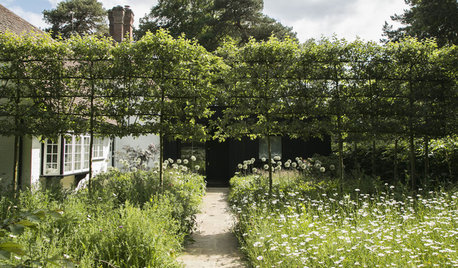
GARDENING AND LANDSCAPINGCrab Apple Trees Set Off a Stylish English Courtyard
A structure of pleached crab apple trees, bordered by a wildflower meadow, links a minimalist addition to an old house in Buckinghamshire
Full Story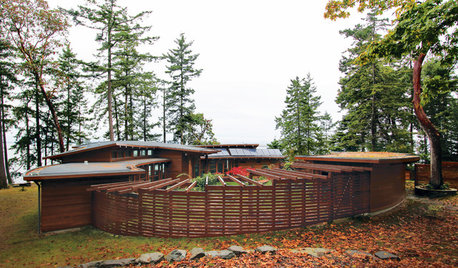
FENCES AND GATESA Deer Fence Can Be Decorative as Well as Protective
You need a monster-size fence to shelter your garden from deer, but it doesn’t have to look like a monstrosity
Full Story
FENCES AND GATESHow to Install a Wood Fence
Gain privacy and separate areas with one of the most economical fencing choices: stained, painted or untreated wood
Full Story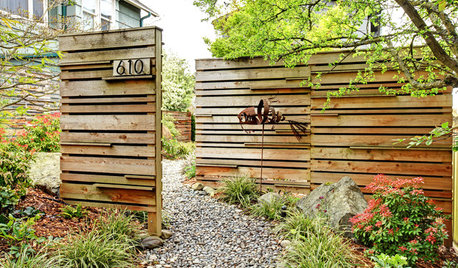
FENCES AND GATESHow to Choose the Right Fence
Get the privacy, security and animal safeguards you need with this guide to fencing options
Full Story
GARDENING AND LANDSCAPINGCrazy for Fruit Trees
Whether a single citrus or a mini apple orchard, even the smallest landscape space can bear deliriously delicious fruit
Full Story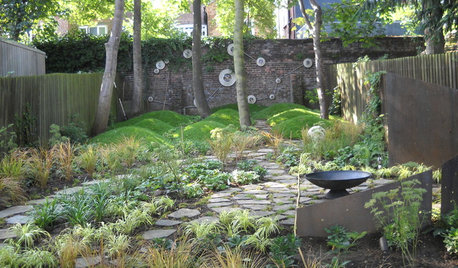
LANDSCAPE DESIGNStars and Myths Inspire a Contemporary London Garden
A sinuously snaking path, tiles like dragon skin and a triad of stone apples give a British garden an air of enchantment
Full Story
HOME TECHHome Automation Goes Mainstream and Mobile
Why Apple, Microsoft and Google will lead the way to a cheaper and simpler future for the remote-controlled home
Full Story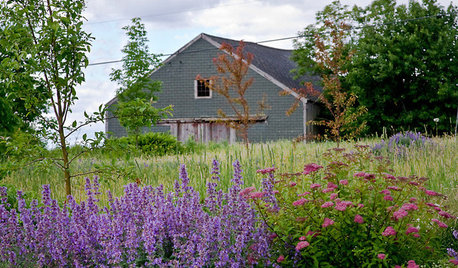
GARDENING AND LANDSCAPINGLandscape Tour: Two Acres of Rural Hillside in Maine
An orchard of crab apples, a grove of sugar maples, even a hayfield ... pastoral landscape beauty doesn't get more idyllic than this
Full StoryMore Discussions






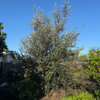
raro